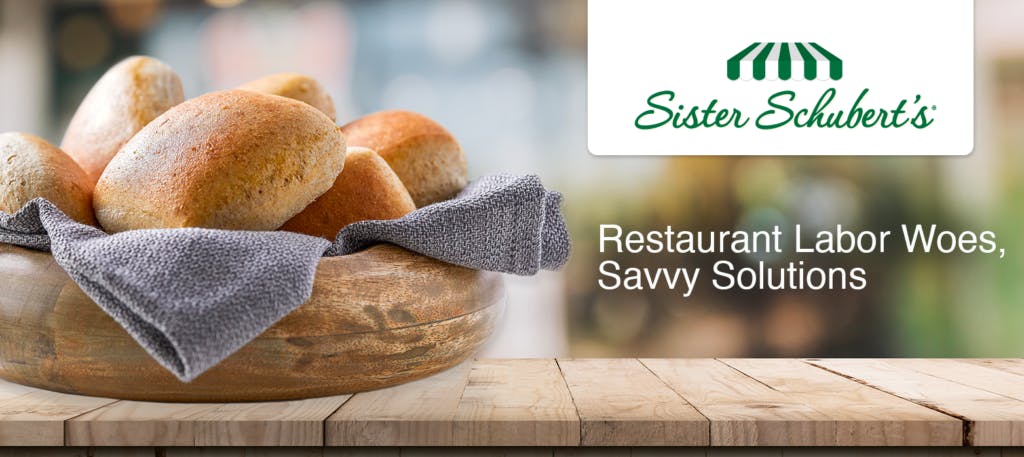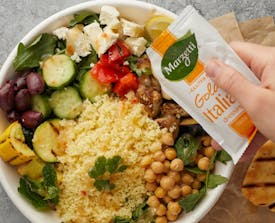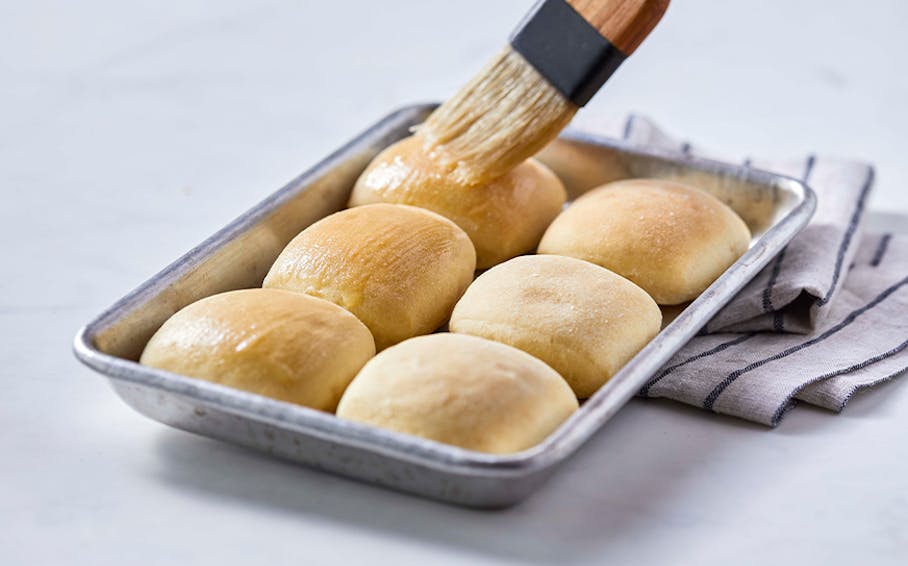
Restaurant Labor Woes, Savvy Solutions
The restaurant industry has long faced workforce challenges. But the current labor shortage is particularly difficult as operators desperately try to get back to business in the wake of the COVID-19 pandemic.
As restaurants reopen, nearly 84% of operators say their staffing levels are below normal, according to a recent article in Business Insider. Add to that the fact that customers are keenly aware of the problem—54% have noticed restaurants struggling to serve their customers because of a lack of staff or employees, according to Datassential’s recent COVID Report 54, Turning the Corner. With no foreseeable end to these challenges, quickly finding and implementing alternative solutions is critical to restaurants’ survival.
Here are five ways forward-thinking restaurants are adapting to fill labor gaps while still meeting consumer evolving demands:
Getting Automated
With a significant amount of restaurant labor dedicated to order taking, many operators are finding that using technology—such as ordering kiosks or mobile apps—helps to reduce the number of staff needed in the front-of-house. Some savvy operators have taken the idea one step further, filling the staff gap with robots.
When Allison Yao and Andrew Yao, couldn’t find enough staff for their Island Grill Seafood and Steakhouse in Ocean City, New Jersey, they began leasing a robot. Peanut, which is made by Richtech Robotics, resembles a rolling bookcase and has the capability to open doors, deliver food and even bus tables. And the Yaos aren’t the only ones hiring high tech. According to a survey of more than 2,000 restaurant owners, operators, managers and guests across North America and Europe by foodservice tech firm Lightspeed, half of U.S. restaurant operators say they plan to deploy automation technology to fill labor gaps in the next two to three years.
Labor-Saving Products
While the staffing shortage is most pervasive in the back-of-house, that doesn’t mean operators have to compromise on food quality. Switching to labor-saving food products—think on-trend comfort foods such as bake-and-serve dinner rolls and sandwich carriers—offers the opportunity to deliver high-quality food in less time and using less labor.

Bringing on the B Team
Sometimes an unprecedented challenge requires an unorthodox solution, like restaurant owners stepping out of the back office and into the kitchen or the front-of-house.
Due to labor shortages, Robin LaForge, owner of Cheniere Shack in West Monroe, Lousiana said he’s been spending more time doing prep work in his restaurant’s kitchen, according to a recent article in Business Insider. Similarly, labor shortages pushed Mirna McCormack, who owns Korner Cafe in Lewisville, Texas, work 12-hour shifts before she finally decided to reduce the cafe's hours of operation.
Shrinking Menus
During the early part of the pandemic, many operators reduced the number of items on their menus as a way to streamline operations. Now that dine-in has reopened, some operators plan to continue to keep menus small to offset reduced staffing and increased labor costs.
Even before the pandemic, when labor costs were beginning to skyrocket, Wingstop, the aviation-themed chicken-wing chain, cut side dishes from its menu in an effort to reduce the amount of labor it takes to make certain dishes.
Cutting Back, Opening Less.
Many operators assumed that once they reopened the biggest challenge would be getting diners back in the door, but it turns out there are plenty of diners just not enough staff to serve them all. The solution many have turned to—but hope to let go of sooner rather than later—is to close one or two days a week, or limit hours by opening later, closing earlier or cutting out a daypart altogether.
Family-friendly Amici Italian Café is among the chains that have put in place tactics to bring back diners and help offset labor challenges, including limiting the restaurant hours to just five days a week at its 13 locations on the outskirts of Atlanta.
With many experts forecasting at least another six months of labor challenges and the pandemic continuing to serve up the unknown, restaurant operators will need to remain committed to finding and implementing creative staffing solutions to not only maintain competitive advantage, but also to simply stay open.
Related Trends
-

Feature Clean-Label Ingredients To Drive Salad Sales
Operators who emphasize clean-label ingredients have the opportunity to make these leafy greens even more appealing while they drive sales.
Read Article -

Beyond Lettuce: How Salads Mean So Much More Today
Salads have evolved beyond just a plate of lettuce into warm salads, grain bowls and so much more.
Read Article -

Boosting Off-Premise Sales
Operators can fill demand for healthful, off-premise meals and snacks with salads, grain bowls and other foods that go better with dressings and dips.
Read Article

